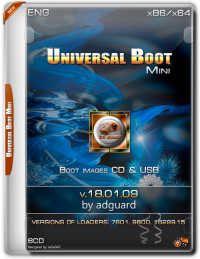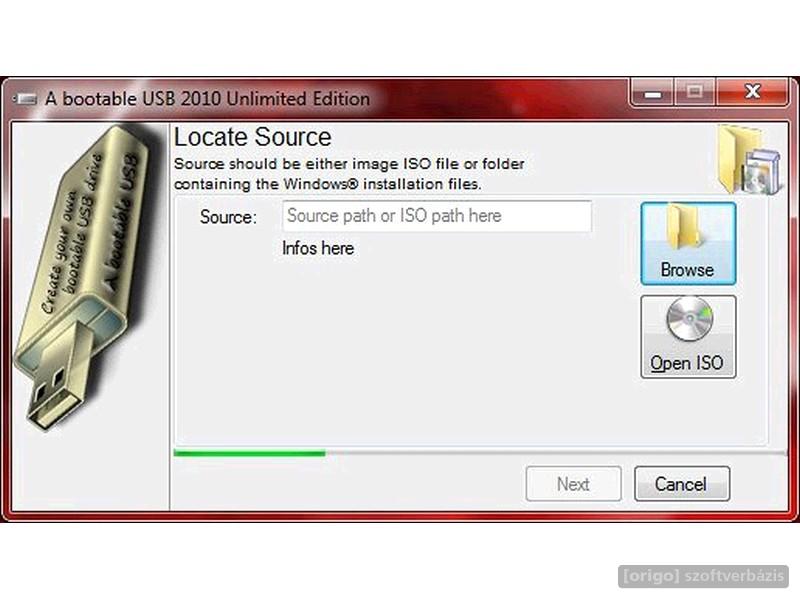

- #Boot usb flash with total commander how to#
- #Boot usb flash with total commander install#
- #Boot usb flash with total commander zip file#
- #Boot usb flash with total commander software#
(2) Choose the FreeDOS option under Boot selection. In the new command line window that opens, to determine the USB flash drive number or drive letter, at the command prompt, type list disk, and then click ENTER. Open a Command Prompt window as an administrator.
#Boot usb flash with total commander how to#
How to Create a DOS Bootable USB Flash Drive that can be used to Run DOS from USB. Unlike USB Boot tools such as YUMI (Multiboot USB Creator), which allow for storing and booting multiple ISO files from one USB flash drive. Though both of those tools can only be used to run one Live distribution from a USB flash drive at a time. It now works much like the Universal USB Installer (UUI) which preceded it.
#Boot usb flash with total commander install#
Rufus has since evolved into a tool that can be used to format, create master boot records, and install an ISO or an Image based distribution to USB. NOTE: This post was originally written in 2011. However, unlike the HP format tool, this app is, and always was Open Source.
#Boot usb flash with total commander software#
When first introduced, the software was similar in appearance and operation to the HP USB Format tool “HPUSBFW.exe”, and shared many of the same features. This utility can also be used to create a Bootable USB of a given distro from an ISO or image file. However, a tool called Rufus or ( Reliable USB Format Utility) created by Pete Batard, can make this task relatively simple. On newer Macs from 2019(*) with the Apple T2 Security Chip, you may need to change the SecureBoot settings for MemTest86 to boot.Creating a Bootable USB flash drive to Boot DOS from USB can be complicated. When booting, you need to hold down the ALT / Option key on the Mac keyboard while powering on the machine to boot from USB. Note that some steps involve use of the sudo. The consequence of picking the wrong drive are potentially disastrous, such as total and complete data loss from your hard drive. This procedure involves using the dd command line tool to write the installation image to a USB flash drive. **FINAL WARNING** Make sure that the device used in the dd command above is correct. **WARNING** All data on the USB key will be lost is the file path for the input image file. dev/disk2) not a partition designation (ie. is the device the USB key is assigned to.


I attach the USB flash drive to an unrooted Ne(FHD, Generation 2) with an OTG cable (female USB to male micro-USB). I transfer media - video, music and/or photos - from my PC to the USB flash drive. Starting with a USB flash drive formatted with FAT32. Take control over your connected USB devices with this application DriveDroid 0.10.50. Tool designed to allow you to check various USB compatibilities. Usb Flash Drive File Transfer allows you to transfer files with NO ROOT OTG USB Host Diagnostics 1.3. In the example above the device name is /dev/disk2Īs the root user, use the 'dd' command to write the image to the USB drive. I realize there are many facets to this question, so Ill try to be specific: 1. This is a Plugin for Total Commander for Android. In the example above the device name is /dev/sdb Unmount all volumes on the USB drive by typing the following command: dev/sdb Lexar JumpDrive 15G disk AASNGKKA04EW2GXD dev/sda VMware, VMware_Virtual_S 80G disk Lsblk -p -o NAME,VENDOR,MODEL,SIZE,TYPE,SERIAL Double-check to make sure you have the correct drive. **WARNING** The contents will be overwritten in the next steps.ĭetermine which device the USB drive is assigned as by opening the Terminal and typing the following command. Insert a USB flash drive into a USB slot. For the free edition of MemTest86, this file is called, memtest86-usb.img Inside the Zip there is a "disk image" file.
#Boot usb flash with total commander zip file#


 0 kommentar(er)
0 kommentar(er)
